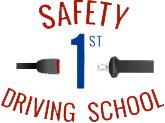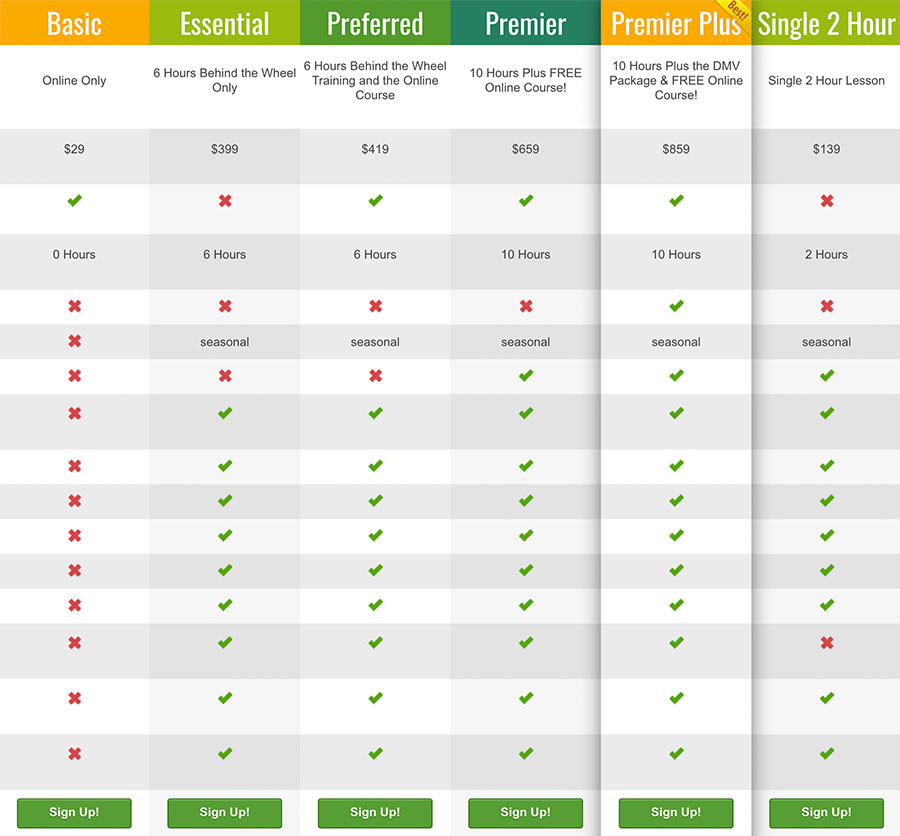
If you live in or near Orange County, you’re likely familiar with the horrible, tragic death of 8-year-old Brock McCann. Little Brock was riding his bicycle home one day when he was struck by a garbage truck. The precious little kiddo lost his life, and we at Safety 1st Driving School mourn with his parents, family, friends, and neighbors.
As a driving school in Orange County, we are committed to keeping young people safe in and around cars. But we realize we can only do so much. As a school, we can teach local teenagers safe, skilled driving and defensive driving tactics. We can emphasize respect for others, the road, and the powerful, often deadly, machine they are handling. We can impress upon them the importance of following the law and remaining undistracted, patient, and cautious behind the wheel. But we can’t control what happens when they leave our program, and we certainly can’t control anyone else on the road.
It’s the same for you parents out there. You can (and MUST!) model good driving behaviors for your kids, you can talk to them and enforce boundaries and rules related to safe driving, but when they leave with the keys you can only hope they put it into practice.
With our little kids, we can enforce the “look both ways before crossing”, “stay on the sidewalk”, and “walk left, ride right” rules. But the truth is, kids — ALL kids — aren’t quite developed enough to always make the best decisions for their welfare. Not to mention, little kids are difficult to see by large vehicles, like the garbage truck that struck little Brock McCann. (A simple Google search will reveal that garbage trucks have struck and killed many people on foot or riding bicycles because visibility is so limited and they are such large vehicles.)
We do not know the details of Brock’s accident. Nevertheless, we want to learn from this awful tragedy so that it doesn’t happen to more children.
Kids are going to ride their bikes and play outside, and there will always be cars on the road. So here are some ways to teach kids to be safe in and around cars.
Teaching Kids Safety In and Around Cars
First off, Parents:
- Make sure your children are riding and properly restrained in age-appropriate seats. “Of those children ages 8 and under who died in vehicle crashes in 2014, 26 percent were not restrained by an age-appropriate device such as an infant seat, booster seat or seat belt.” (source: safekids.org)
- Do not leave your children alone in the car. “Heatstroke is the leading cause of non-crash, vehicle-related deaths for children under the age of 14.” (source)
- Always check your backseat before getting out of the car. Keep your wallet or phone back there as a reminder.
- Kids should ride in the backseat until they are around 13 years old.
- Put safety flags, signs, or other indicators that children are at play in your neighborhood so drivers will be on high alert for kids playing in the streets.
- Lock your car, even in the garage so children do not get into the car to play. Store keys out of children’s reach.
- Finally, as we always say, model good driving behavior for your children: Do not text or talk on handheld devices; do not fiddle with the radio or anything else that could cause a distraction; always wear your seatbelt; follow the posted speed limits and other rules of the road; be patient, cautious, and courteous to other drivers; be respectful of law enforcement; and so on.
Teach Your Kids:
- Never assume a car can see you. Wait to make eye contact and be waved on by the driver before crossing the street.
- Never play in, on, or around cars.
- Do not run or play in a parking lot.
- Parked cars might move suddenly, and the driver may not see you.
- White lights on the back of a car mean the driver is preparing to back up, so do not be behind the car.
- Always wear a helmet when riding a bike, scooter, or skateboard.
Bystanders/Neighbors/Drivers:
- Call 911 if you see a small child alone in a car.
- If you live in a neighborhood with children, be careful backing out of your driveway. Look around and behind your car before leaving.
- Drive through neighborhoods as if your own children were outside playing.


